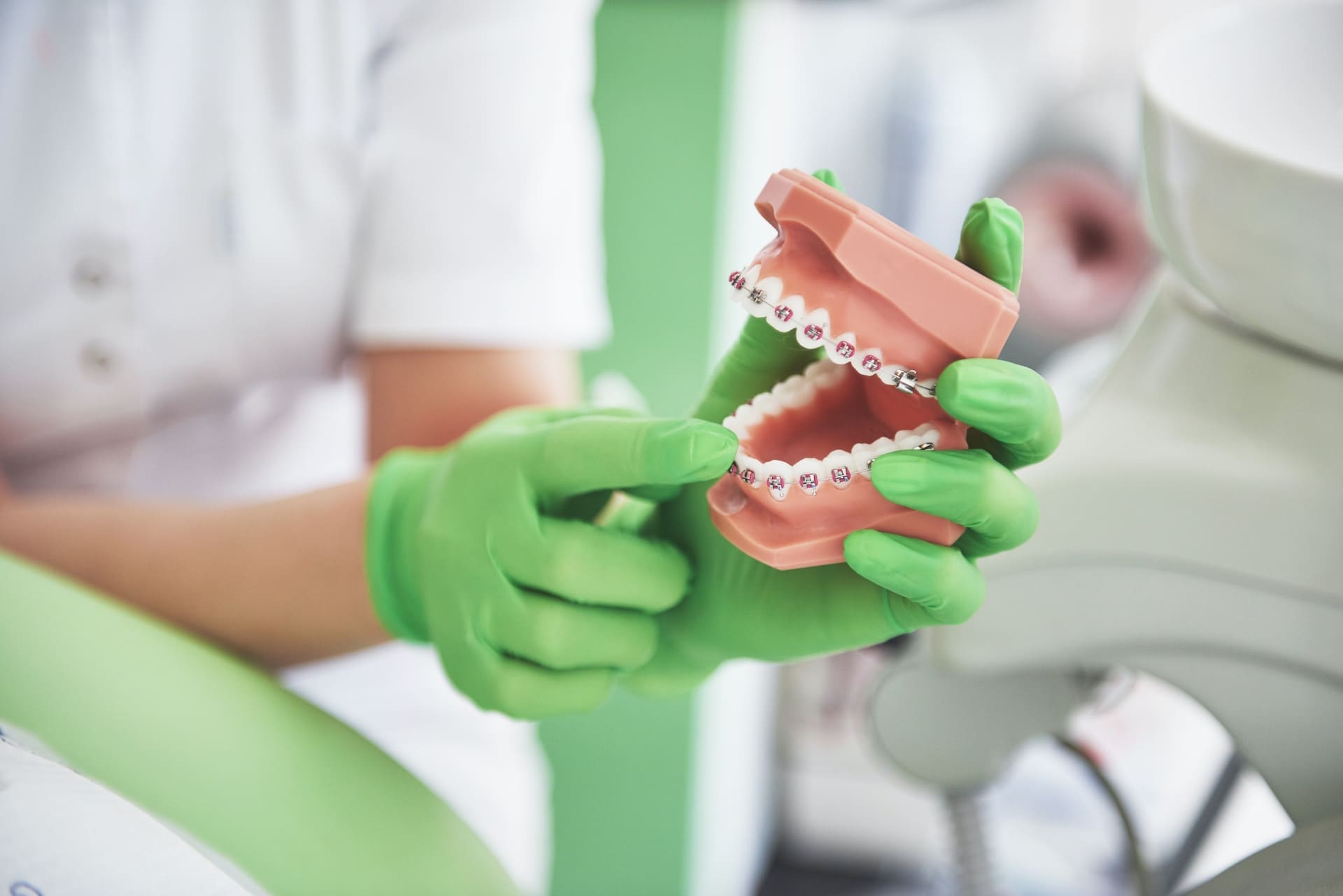Dental emergencies can strike at any time and often without warning. Identifying and managing a dental emergency is crucial in preventing further complications and preserving your oral health. At Care Dental Implants & Invisalign Center in Quincy, MA, Dr. Beniwal and his experienced team are dedicated to providing prompt and effective emergency dental care to help you maintain a healthy, pain-free smile.
A dental emergency is any situation requiring immediate attention from a dental professional to alleviate severe pain, prevent infection, or save a tooth. While dental emergencies may seem intimidating, being well-informed and prepared can make all the difference in ensuring a positive outcome.
In this article, we’ll discuss some common dental emergencies, how to manage them at home, and when to seek professional help from a dentist.
Some common dental emergencies include:
- Toothache
- Chipped or broken tooth
- Knocked-out tooth
- Partially dislodged tooth
- Lost filling or crown
- Abscess or gum infection
- Soft tissue injury
It’s important to remember that while certain at-home remedies can provide temporary relief, visiting a dentist is crucial in resolving a dental emergency and preventing further damage. In this comprehensive guide, we’ll help you understand how to recognize and manage dental emergencies, so you can take appropriate action when necessary.
Toothache: Causes and First-aid Measures
Various factors, including tooth decay, gum disease, abscess, or an impacted wisdom tooth can cause toothaches. Regardless of the cause, toothaches can be incredibly distressing and may indicate a more severe issue requiring immediate dental attention. If you’re experiencing a toothache, you’re advised to:
- Rinse your mouth with warm saltwater to alleviate discomfort and reduce swelling.
- Use dental floss to remove any food debris that might be lodged between your teeth.
- Apply a cold compress to the affected area to reduce inflammation and numb the pain.
- Avoid applying heat or aspirin directly to the tooth or gums as this can exacerbate the issue.
- Take over-the-counter pain relievers to manage the pain until you can see a dentist.
Remember, these remedies only provide temporary relief. It’s essential to schedule an appointment with your dentist as soon as possible for a thorough examination and appropriate treatment.
Addressing Chipped, Broken, or Knocked-out Teeth
Chipped, broken, or knocked-out teeth are common dental emergencies that require immediate care. Depending on the severity of the damage, your dentist may be able to save the tooth or provide a suitable replacement. If you or a loved one suffer from any of these emergencies, consider the following steps:
- For chipped or broken teeth: Rinse your mouth with warm water to clean the area, and apply a cold compress to reduce swelling. Keep any tooth fragments and bring them to your dental appointment.
- For knocked-out teeth: Quickly locate the tooth, touching only the crown (the white part) to avoid damaging the root. Gently rinse off any dirt with water, then attempt to reinsert the tooth into its socket. If this isn’t possible, store the tooth in a container of milk or a tooth preservation product and bring it with you to the dentist as soon as possible. Time is of the essence; ideally, you should see a dentist within 30 minutes to increase the chances of saving the tooth.
In both situations, contact your dentist immediately for emergency care and instructions.
Dealing with Lost Fillings and Crowns
Losing a filling or having a dental crown loose can be uncomfortable and concerning. While these dental emergencies may not be as urgent as others, they still require prompt dental care to prevent further damage to the affected tooth. If you lose a filling or crown, consider the following temporary measures:
- For lost fillings: As a temporary solution, you can plug the cavity with sugar-free gum or over-the-counter dental cement. However, you must visit your dentist as soon as possible to replace the filling.
- For dental crowns: Rinse your mouth and gently clean the crown. You can temporarily reattach the crown using dental cement or denture adhesive. Contact your dentist to make an appointment for professional reattachment.
Recognizing and Managing Abscesses and Gum Infections
Dental abscesses and gum infections often present as severe, throbbing pain, swelling, and redness around the affected tooth or gums. These conditions can progress rapidly and lead to potentially life-threatening complications if left untreated. To manage a dental abscess or gum infection before receiving professional care, consider these steps:
- Rinse your mouth with warm saltwater to help soothe the pain and draw out pus from the abscess.
- Avoid using heat or cold remedies as they can make the pain worse.
- Take over-the-counter pain relievers for temporary relief, but do not apply them directly to the gums or tooth.
- Seek professional dental care immediately, as you may need antibiotics or other treatments to effectively deal with the infection.
Conclusion:
Managing dental emergencies can be a stressful and challenging task, but understanding the proper steps to take in various situations helps ensure the best possible outcome for your oral health. You can alleviate pain, prevent complications, and maintain your beautiful smile by recognizing the signs of a dental emergency and seeking prompt professional care from the skilled team at Care Dental Implants & Invisalign Center in Quincy, MA.
Don’t hesitate to call us if you’re experiencing a dental emergency. Our compassionate and experienced team is ready to provide you the effective care you need during challenging moments. Remember, your oral health is our top priority! Contact us today if you need a dental checkup in Quincy, MA.


